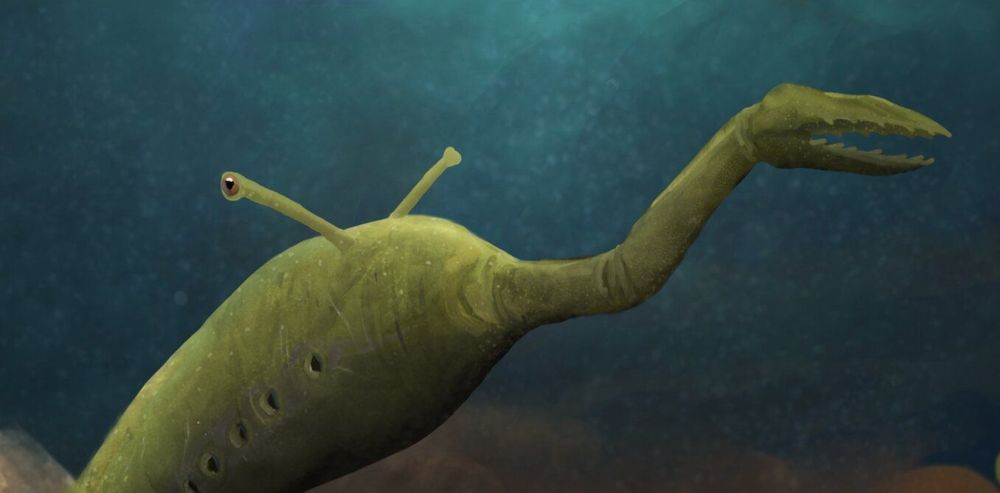The specific type of TCP attack used in the recent spate of DDoS efforts were TCP SYN-ACK reflection attacks.



“The catastrophic weather conditions mean that things can change very quickly,” she told reporters in Sydney.
Catastrophic fire danger has been declared for Sydney and the Hunter Valley region to the north today with severe and extreme danger across vast tracts of the rest of the state.
The week-long declaration of a state of emergency gives the Rural Fire Service sweeping powers.

This week’s cover shows Nature’s publication record over 150 years. Explore the growing web of collaboration and science in an interactive graphic here: https://go.nature.com/32wf2SB

Every now and again, scientists discover fossils that are so bizarre they defy classification, their body plans unlike any other living animals or plants. Tullimonstrum (also known as the Tully Monster), a 300m-year-old fossil discovered in the Mazon Creek fossil beds in Illinois, US, is one such creature.
At first glance, Tully looks superficially slug-like. But where you would expect its mouth to be, the creature has a long thin appendage ending in what looks like a pair of grasping claws. Then there are its eyes, which protrude outward from its body on stalks.
Tully is so strange that scientists have even been unable to agree on whether it is a vertebrate (with a backbone, like mammals, birds, reptiles and fish) or an invertebrate (without a backbone, like insects, crustaceans, octopuses and all other animals). In 2016, a group of scientists claimed to have solved the mystery of Tully, providing the strongest evidence yet that it was a vertebrate. But my colleagues and I have conducted a new study that calls this conclusion into question, meaning this monster is as mysterious as ever.

A new study co-led by researchers in the U.S. and China has pushed back the first-known physical evidence of insect flower pollination to 99 million years ago, during the mid-Cretaceous period.
The revelation is based upon a tumbling flower beetle with pollen on its legs discovered preserved in amber deep inside a mine in northern Myanmar. The fossil comes from the same amber deposit as the first ammonite discovered in amber, which was reported by the same research group earlier this year.
The report of the new fossil will publish Nov. 11 in the journal of the Proceedings of the National Academy of Sciences. The fossil, which contains both the beetle and pollen grains, pushes back the earliest documented instance of insect pollination to a time when pterodactyls still roamed the skies—or about 50 million years earlier than previously thought.

“Multiple products are affected globally”
Google Cloud down. Issue global in scale. Numerous services affected, including Kubernetes and IoT services like Nest.
Google Cloud Platform (GCP) says it is experiencing a “major issue” with services including Cloud Dataflow, AppEngine, Compute Engine, Cloud Storage, Dataflow, Dataproc, Pub/Sub, BigQuery, Networking all failing today as of 9.14 am BST.




Scientists have developed a reversible contraceptive microneedle patch that is simple-to-administer, slowly releases contraceptive hormone for about one month, and generates no biohazardous sharps waste.
Read the research in Science Advances: https://fcld.ly/j9d081o